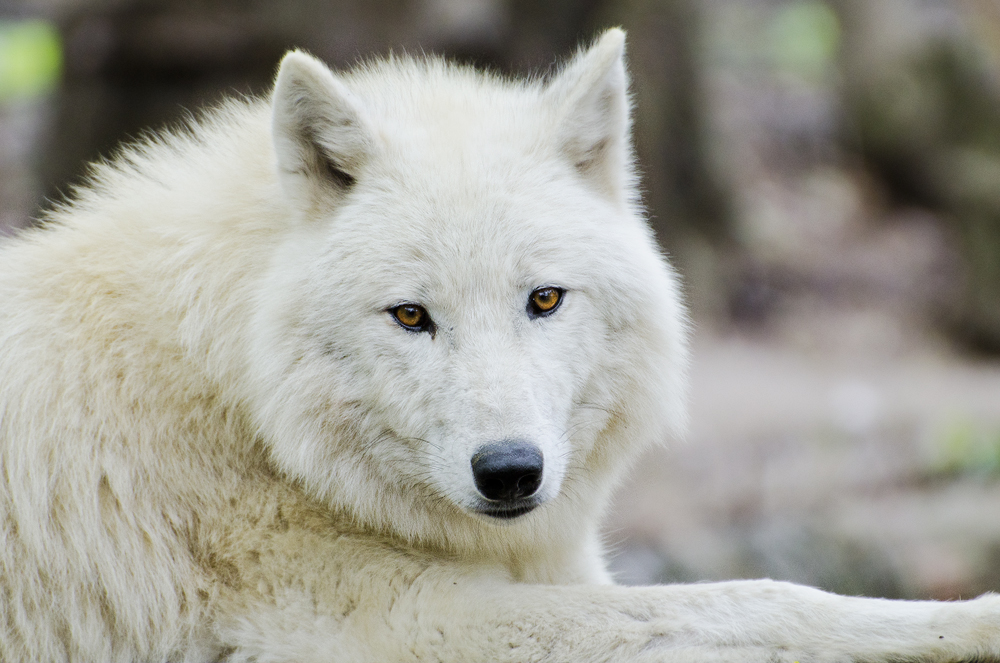
Often called the "polar wolf" or "white wolf," Arctic wolves inhabit the Arctic regions of North America and Greenland. Thanks to its isolation, the Arctic wolf is not threatened by hunting and habitat destruction in the same way as its southern relatives.
Arctic wolves are carnivorous hunters. By nature they help to control the populations of other animals in the region like the musk ox, caribou and Arctic hares.
Unlike other species of wolf, the Arctic wolf rarely comes into contact with humans and is not threatened by hunting or persecution.
However, extreme weather variations in recent years have made it more difficult for populations of musk ox and Arctic hares to find food which has caused a significant decline in their numbers. As a result, this has reduced the traditional food supply of the Arctic wolf.
Another and more insidious threat to the Arctic wolves' continued existence is the ever growing industrial development of Arctic territories, as an increasing number of mines, roads, and pipelines encroach on its territory and interrupt its food supply. These factors are endangering all Arctic species.
These beautiful animals cannot protect themselves. It falls to us to be their guardians...If not us ...then who?
However, extreme weather variations in recent years have made it more difficult for populations of musk ox and Arctic hares to find food which has caused a significant decline in their numbers. As a result, this has reduced the traditional food supply of the Arctic wolf.
Another and more insidious threat to the Arctic wolves' continued existence is the ever growing industrial development of Arctic territories, as an increasing number of mines, roads, and pipelines encroach on its territory and interrupt its food supply. These factors are endangering all Arctic species.
These beautiful animals cannot protect themselves. It falls to us to be their guardians...If not us ...then who?





No comments:
Post a Comment
Through these open doors you are always welcome